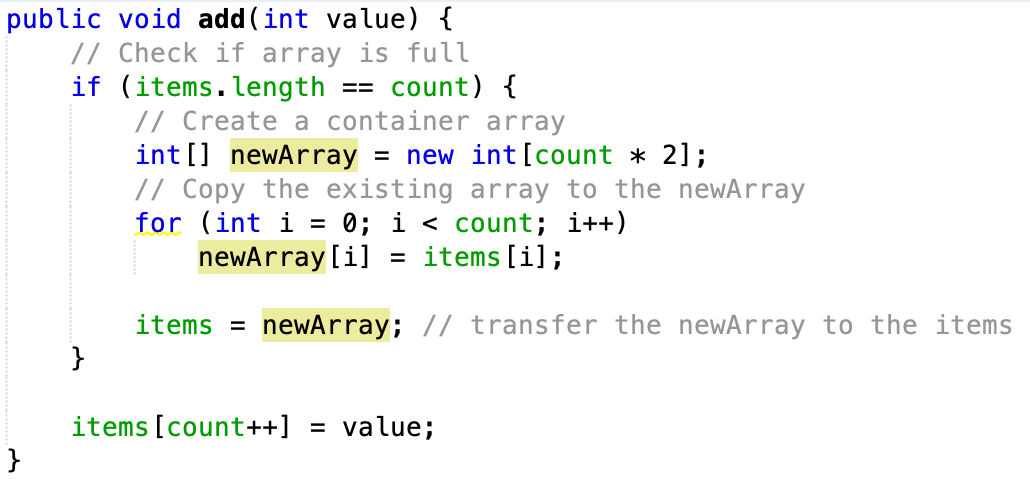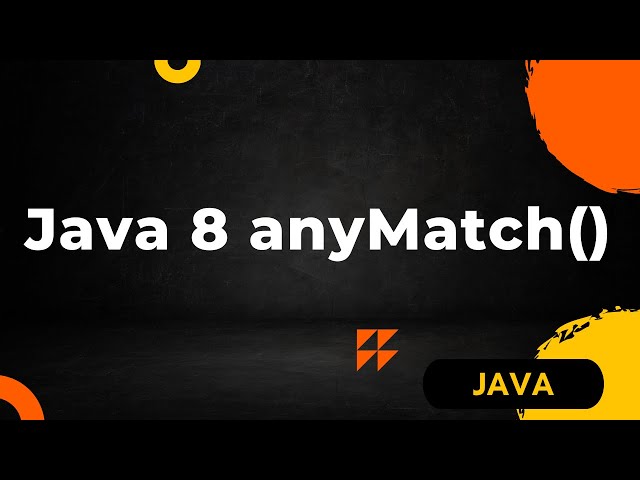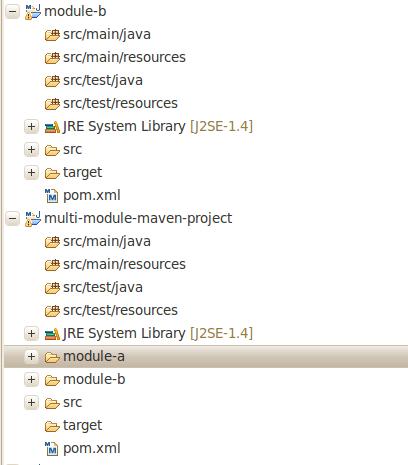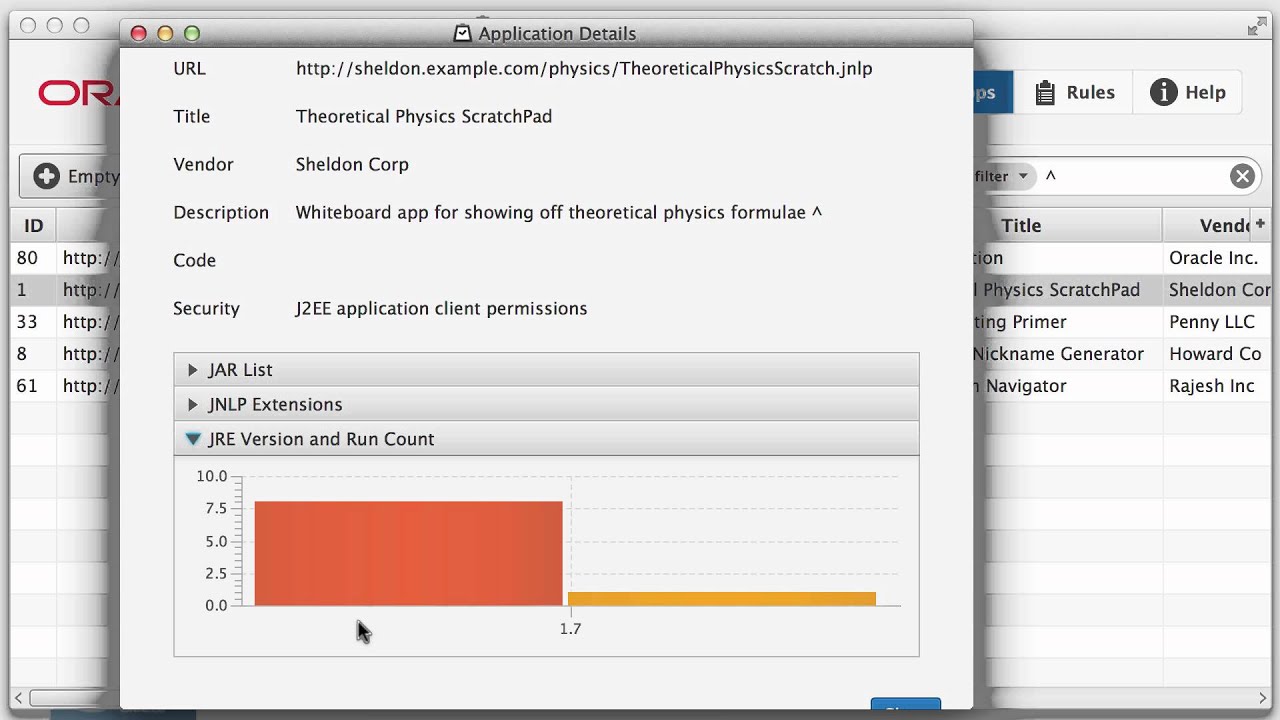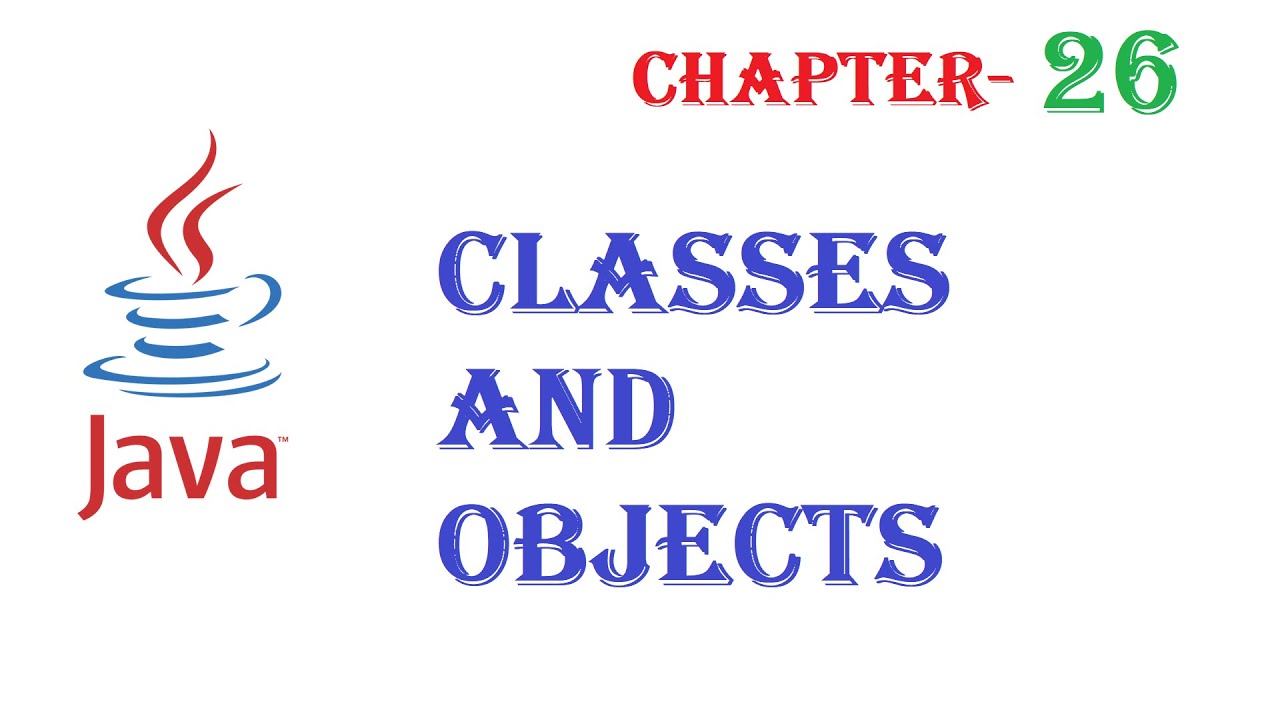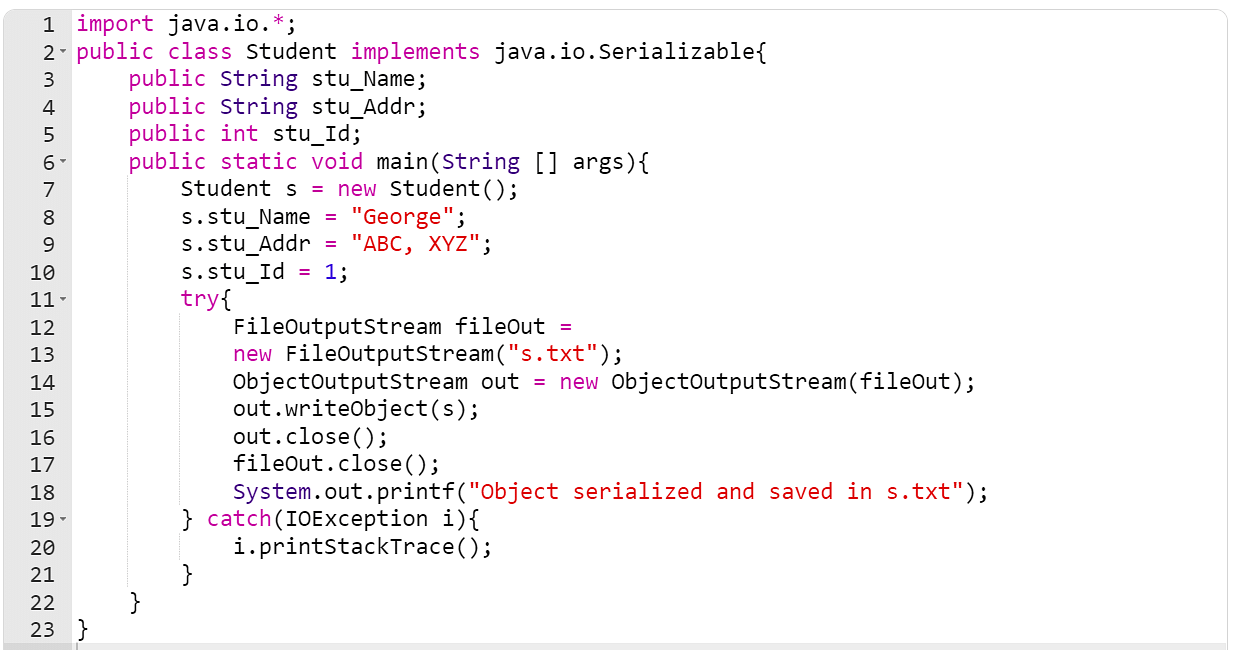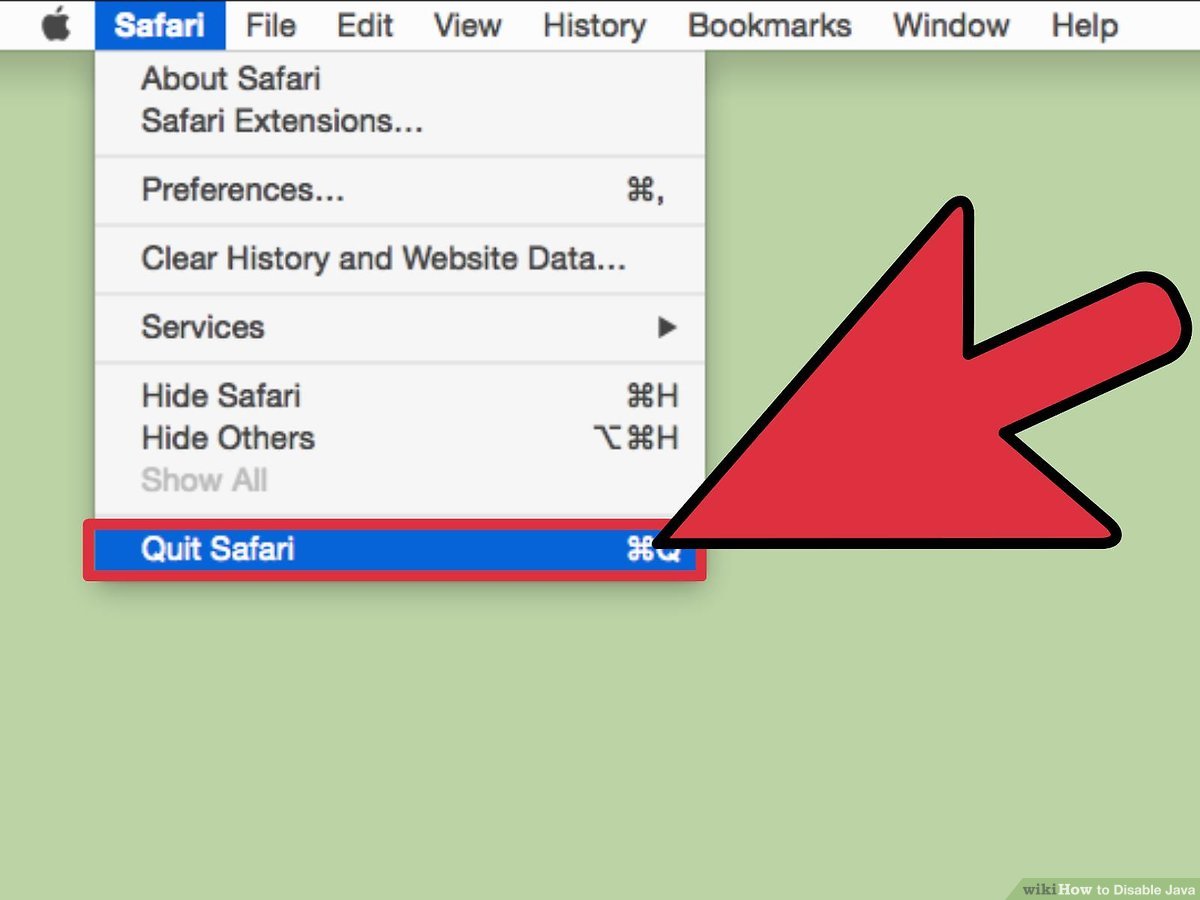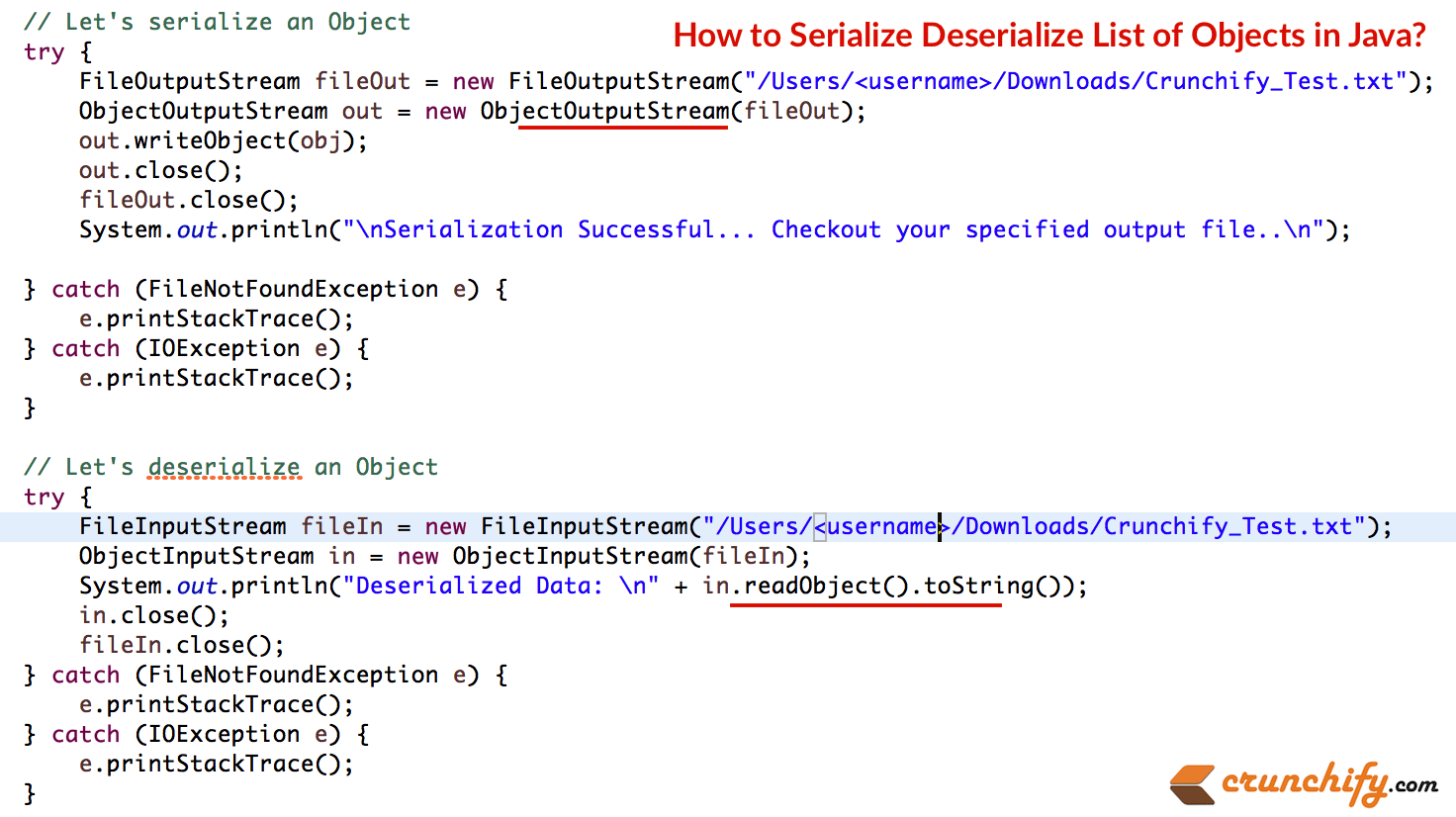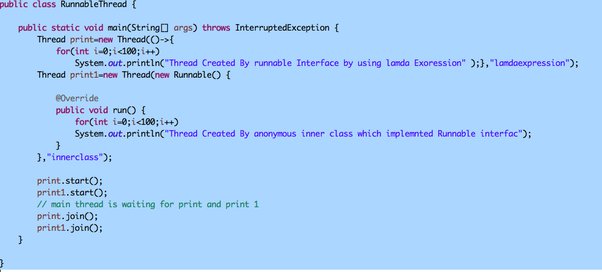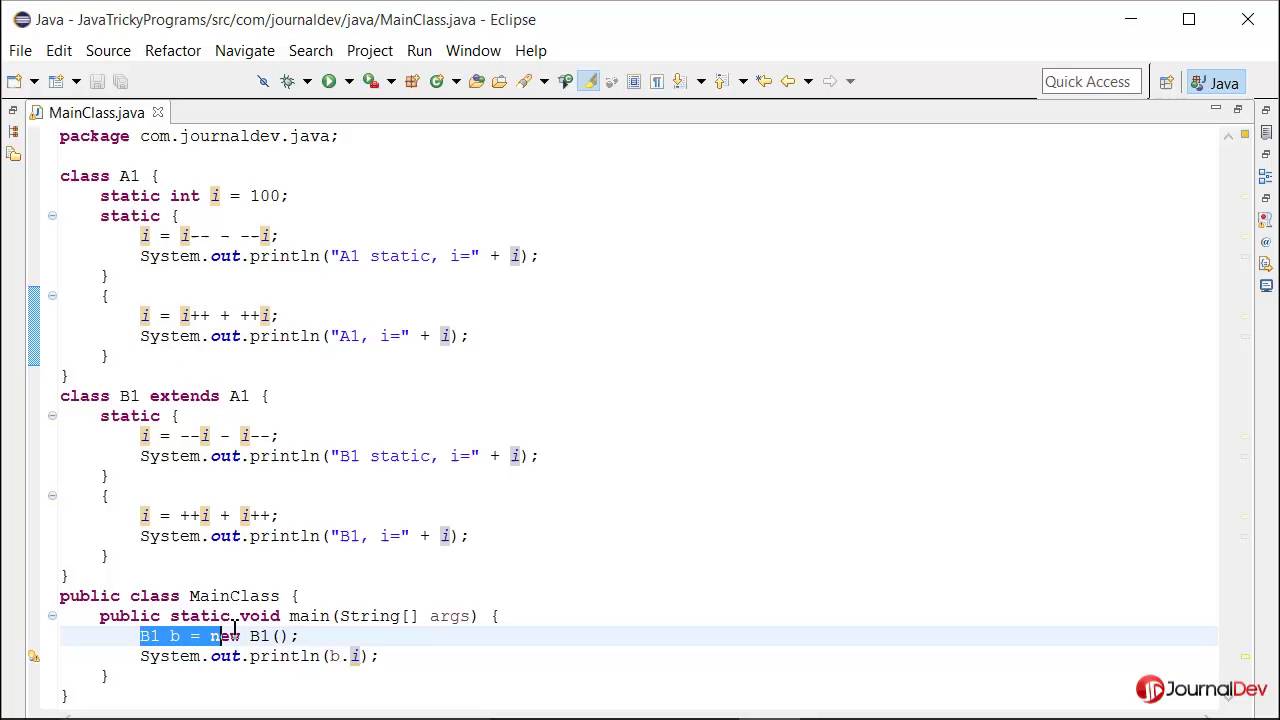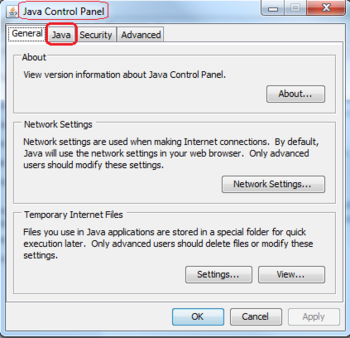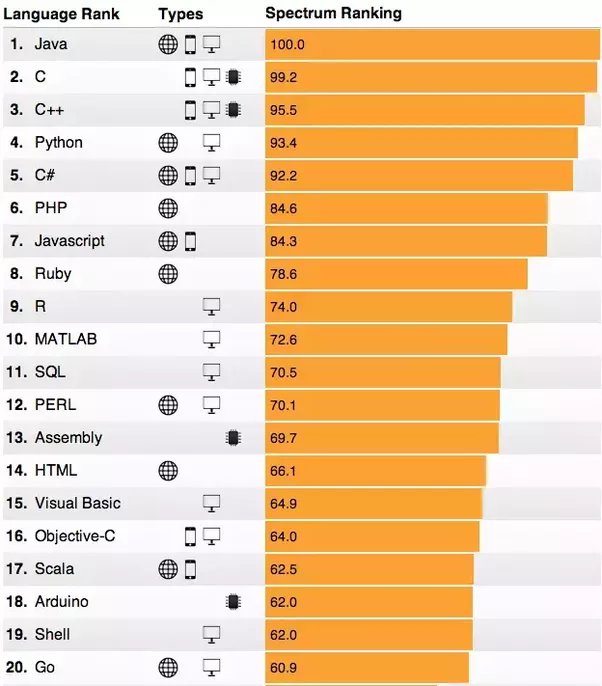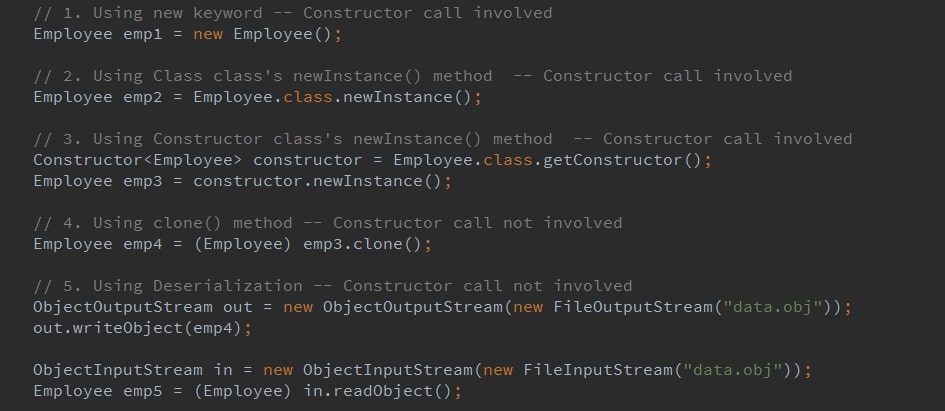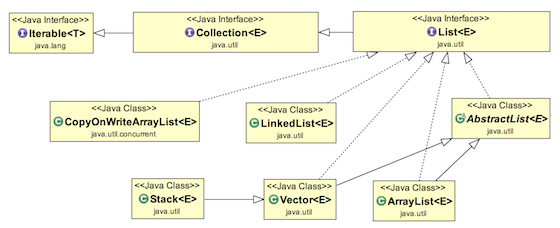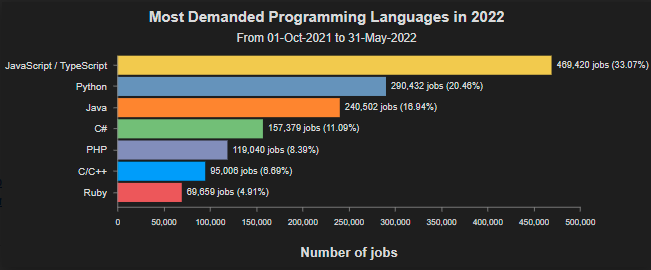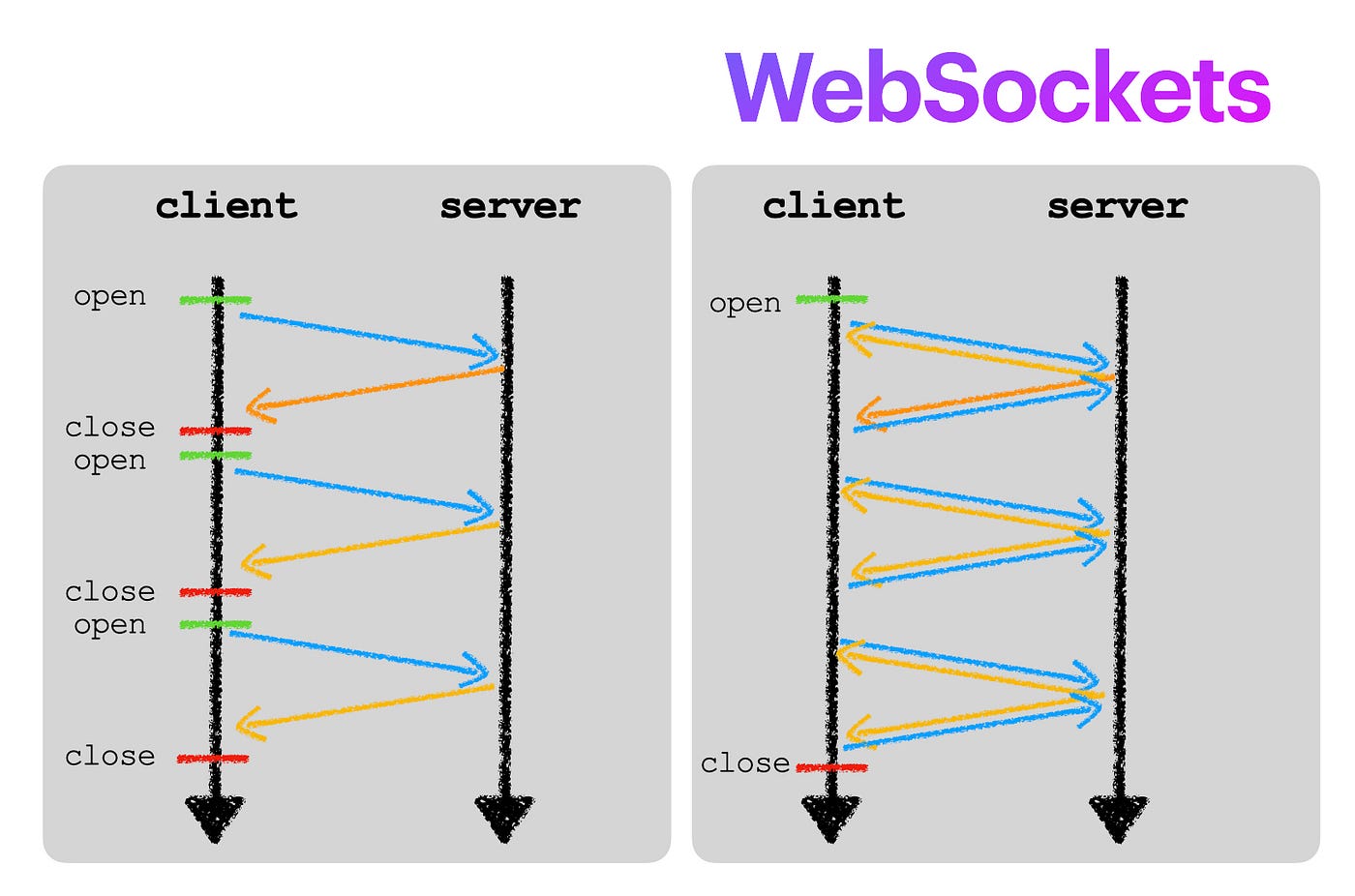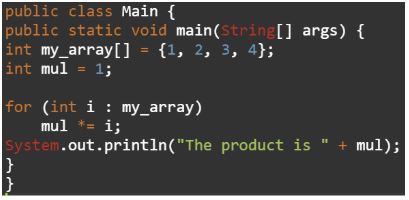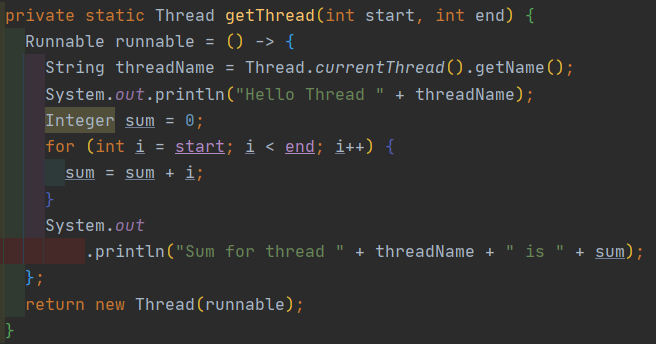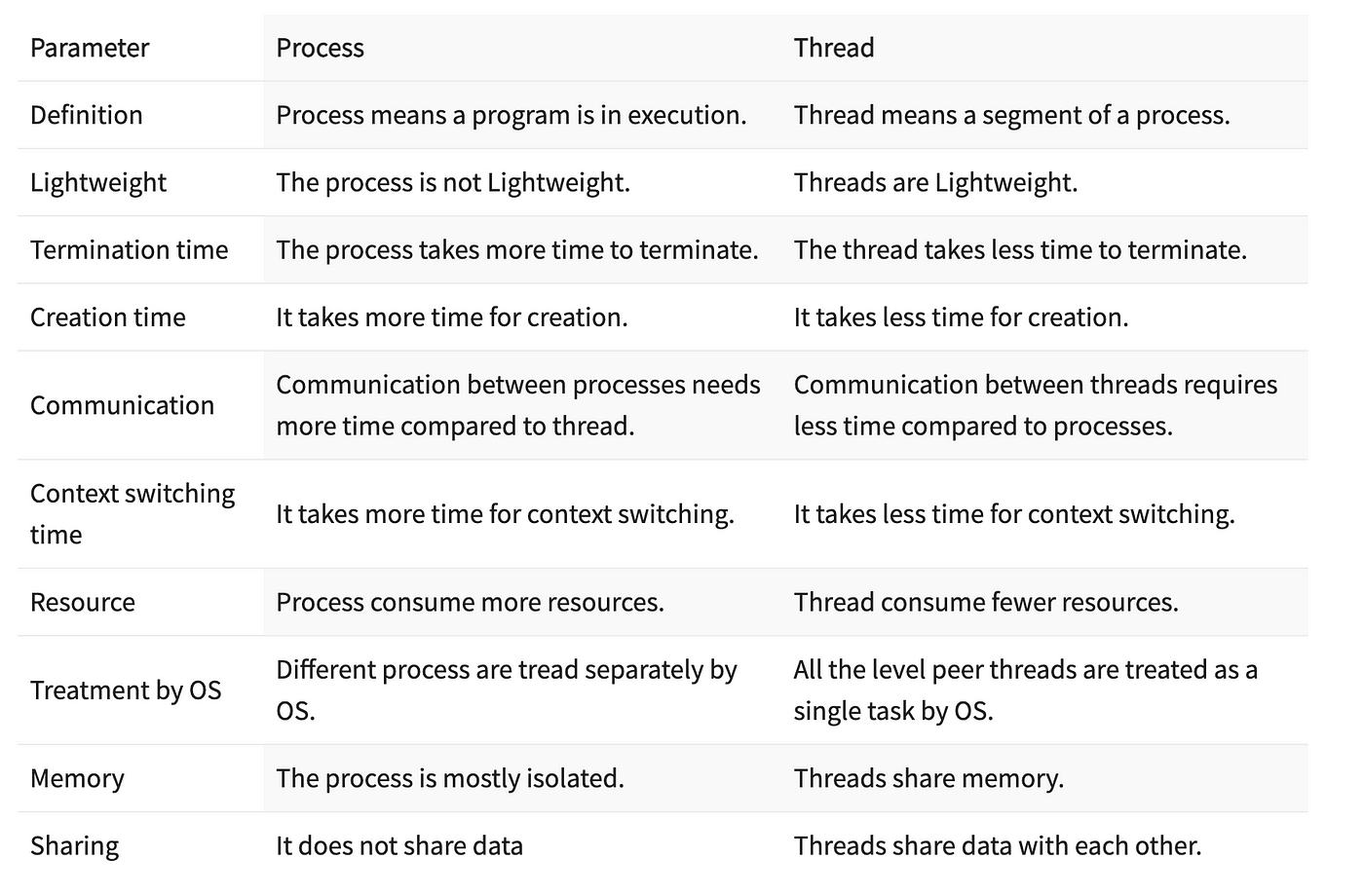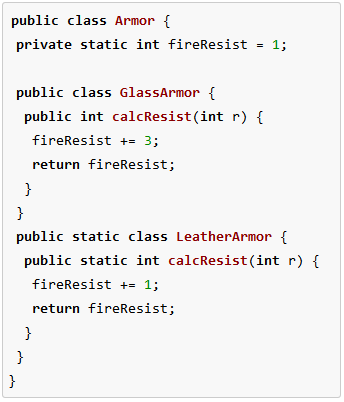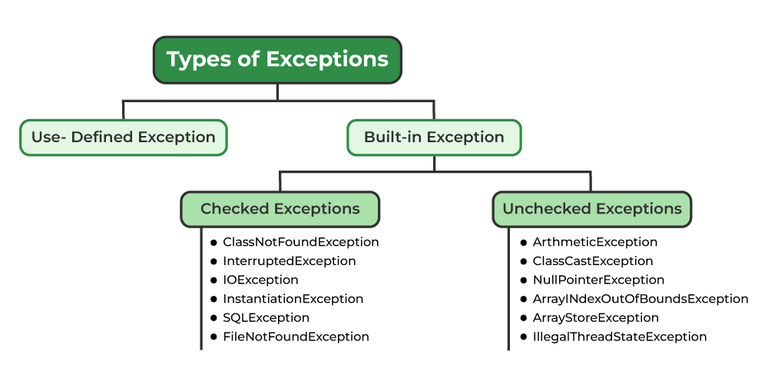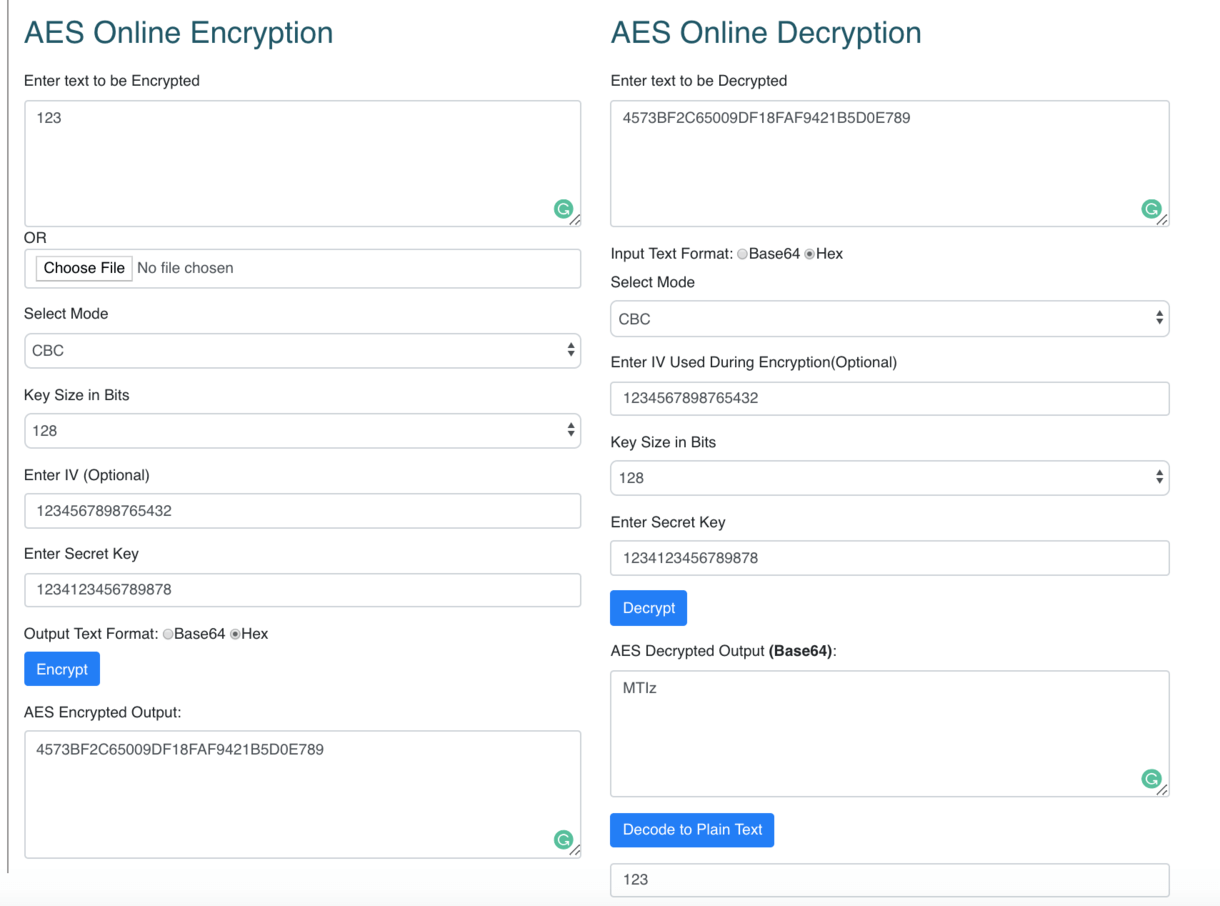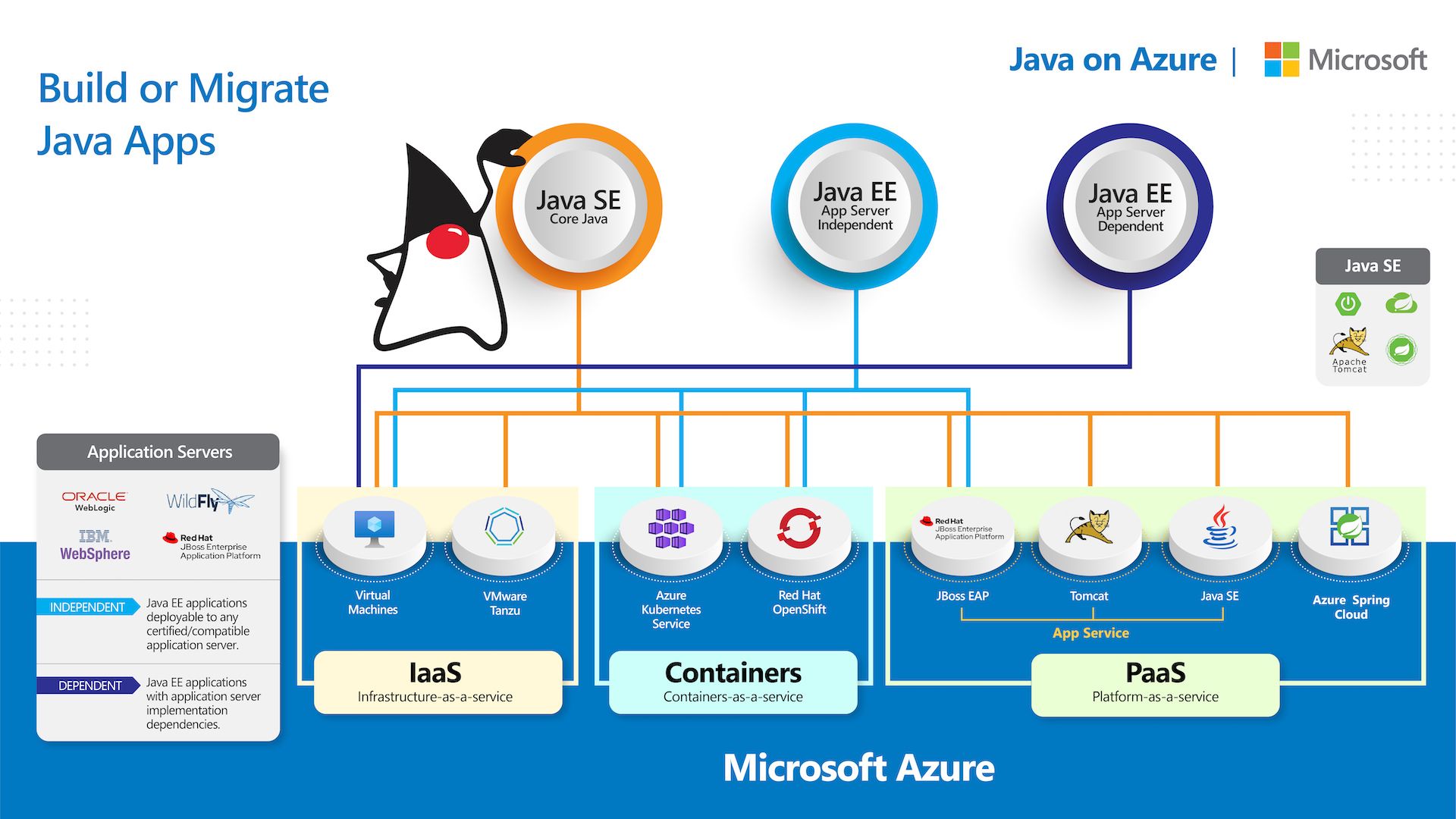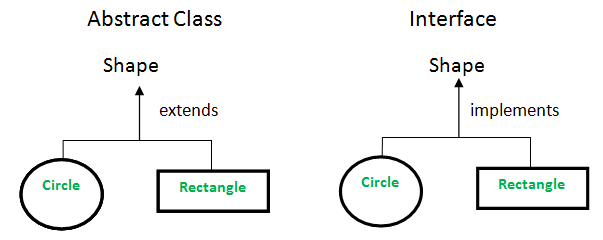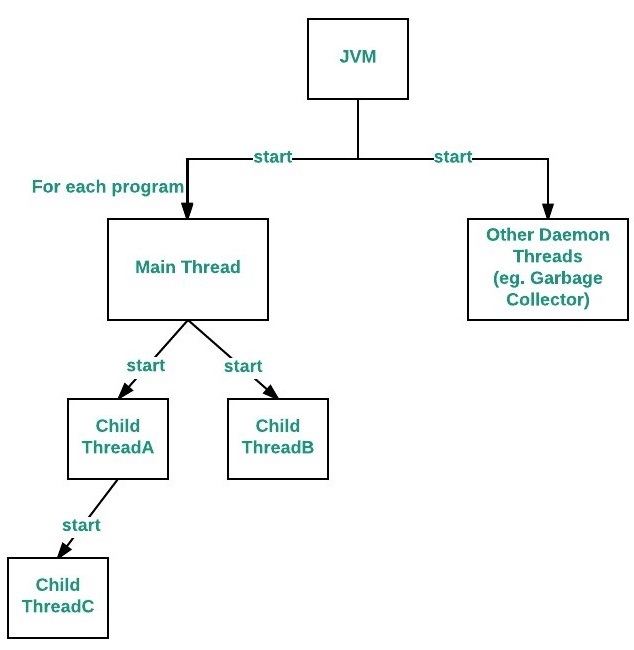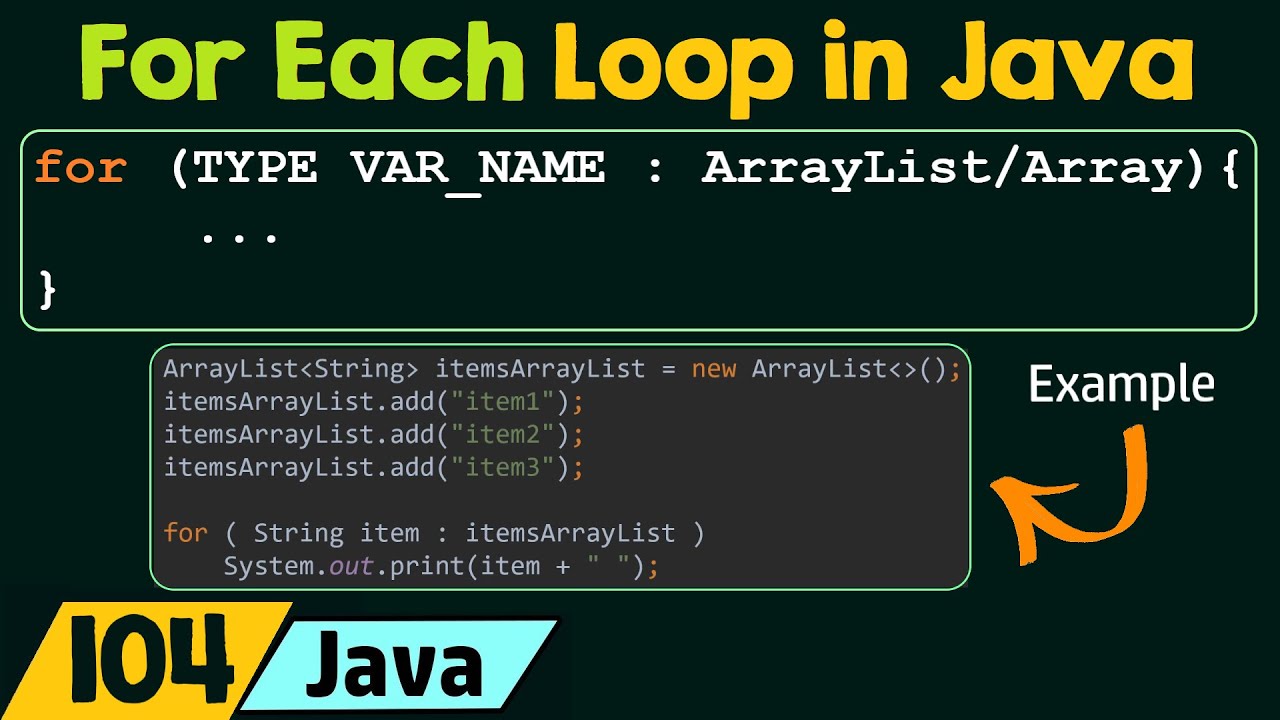RxJava
RxJava
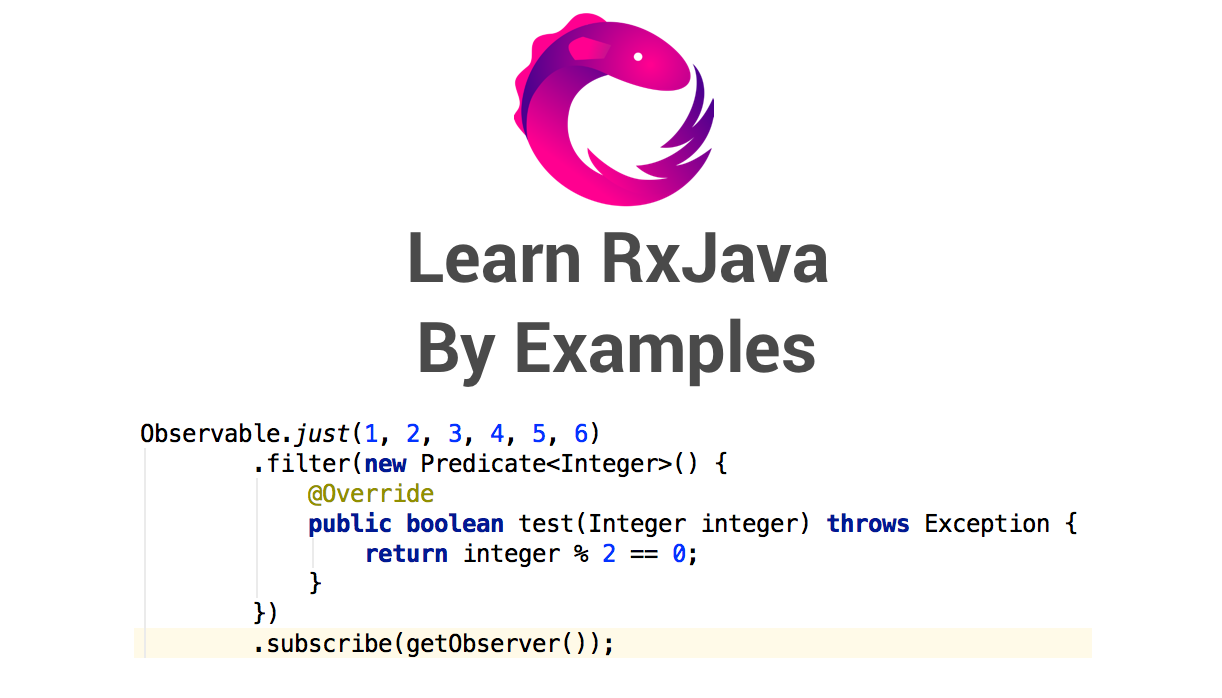
RxJava is a Java library for composing asynchronous and Backpressure-friendly streams of data. It allows developers to write concise, readable, and maintainable code that handles complex asynchronous workflows.
RXJava provides several benefits over traditional threading models:
Asynchronous Programming: RxJava makes it easy to write asynchronous code by providing a set of operators that allow you to compose observables (streams) in a declarative way. Error Handling: RxJava provides built-in support for error handling, allowing you to handle errors in a centralized manner. Backpressure: RxJava's backpressure feature ensures that the producer of data never overflows the consumer, reducing the risk of data loss and improving overall system stability. Composability: RxJava operators can be composed together to create complex workflows, making it easy to build robust systems.Some of the key features of RXJava include:
Observables: A way to represent a stream of values over time. You can think of an observable as a function that returns a sequence of values. Subscriptions: When you subscribe to an observable, you're effectively saying "I want to receive the next value in this stream." Operators: RxJava provides a set of operators (e.g., map, filter, reduce) that allow you to transform and combine observables in various ways. Schedulers: A way to specify when and how an observable should execute.RXJava's core concepts include:
Subjects: An observable that can be used as both an observer and an observed (i.e., a publisher). Publishers: A type of subject that is used for one-way communication from the publisher to multiple observers. Observers: A type of subject that is used for two-way communication between the observer and the observed.Some common use cases for RXJava include:
Handling User Input: RxJava can be used to handle user input events, such as button clicks or text inputs, and then perform some computation on those events. Networking: RxJava can be used to send and receive data over a network, handling errors and backpressure as needed. Database Interactions: RxJava can be used to interact with databases, retrieving and updating data in a reactive manner.RXJava has several benefits:
Improved Code Readability: With RXJava, your code becomes more readable because it's easier to express complex workflows in a declarative way. Faster Development: Using RXJava accelerates development time by allowing you to write tests and iterate on your code much faster than with traditional threading models. Better Error Handling: RxJava makes it easy to handle errors in a centralized manner, reducing the complexity of error handling in your application.Overall, RxJava is a powerful library for building reactive systems that provide improved performance, scalability, and maintainability.
Reactive Java library
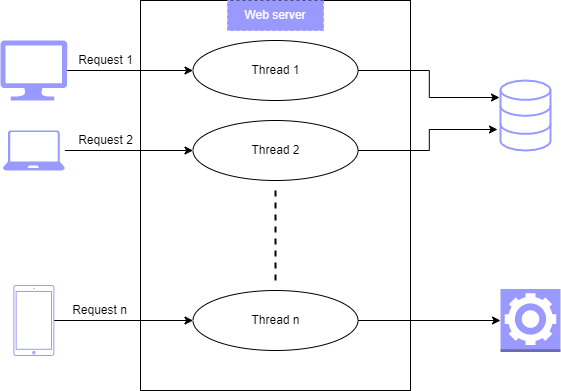
Reactive programming has gained significant traction in recent years, and it's no surprise that Java has a dedicated reactive library to support this paradigm.
What is Project Reactor?
Project Reactor is an implementation of the Reactive Streams specification for building concurrent, asynchronous applications in Java. It provides a rich set of APIs for handling backpressure, which is crucial when dealing with high-throughput systems where producer rates exceed consumer rates.
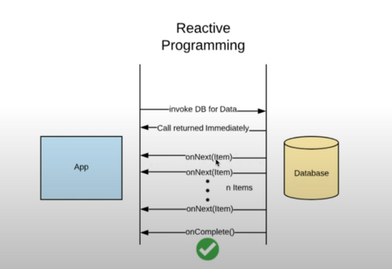
Key Features:
Backpressure: Project Reactor's core feature is its ability to handle backpressure. This means that when the producer (e.g., a database query) produces data faster than the consumer (e.g., an HTTP request), it will buffer or drop data, preventing overloads and ensuring that no data is lost. Non-Blocking: Project Reactor's APIs are designed to be non-blocking, which means that they won't block threads while waiting for I/O operations to complete. Composition: Project Reactor provides a set of operators (e.g., map, filter, flatMap) that allow developers to combine multiple streams into more complex workflows, making it easy to create scalable and efficient applications.How Does It Work?
Project Reactor uses a publisher-subscriber model to handle data flows. A publisher creates a stream by pushing data into the stream, while one or more subscribers receive data from the stream. When there's too much data for the consumers to handle, the publisher will buffer it until the consumer is ready to process it.
Here's an example of how you might use Project Reactor to create a simple pipeline:
Flux numbers = Flux.range(1, 10);
numbers.flatMap(i -> Flux.just(i, i))
.buffer(3)
.flatMap(list ->
Flux.fromIterable(list).map(i -> i * 2)
)
.subscribe(System.out::println);
In this example, we create a stream of numbers from 1 to 10. We then apply some operators to transform the data:
flatMap: Each number is transformed into a new stream containing the original number and its double. buffer(3): The resulting stream is chunked into groups of 3. map(i -> i * 2): Each group is then mapped to a new stream containing each element doubled.
Finally, we subscribe the pipeline to print the results:
System.out.println();
Why Use Project Reactor?
Scalability: With Project Reactor, you can build applications that can handle high-throughput data streams without worrying about performance bottlenecks. Flexibility: The library provides a wide range of operators and APIs to compose complex workflows. Convenience: Many common operations, such as mapping, filtering, and buffering, are already implemented in Project Reactor, making it easier to write efficient code.Conclusion:
Project Reactor is an excellent choice for building reactive systems in Java. Its ability to handle backpressure, composition of streams, and ease of use make it a powerful toolset for handling concurrent and asynchronous data flows. With its scalability, flexibility, and convenience, Project Reactor has become the go-to library for many Java developers working with reactive programming.
